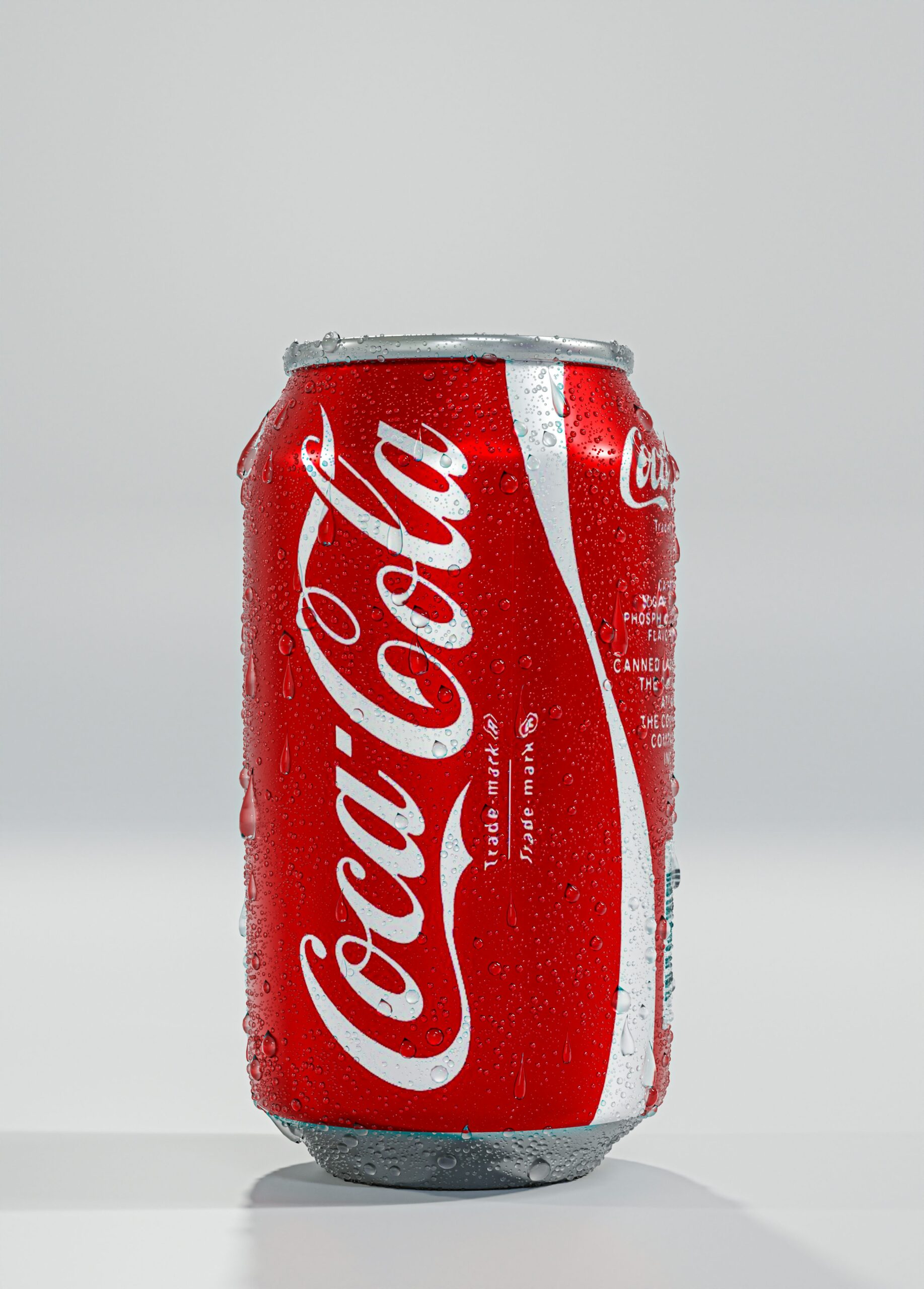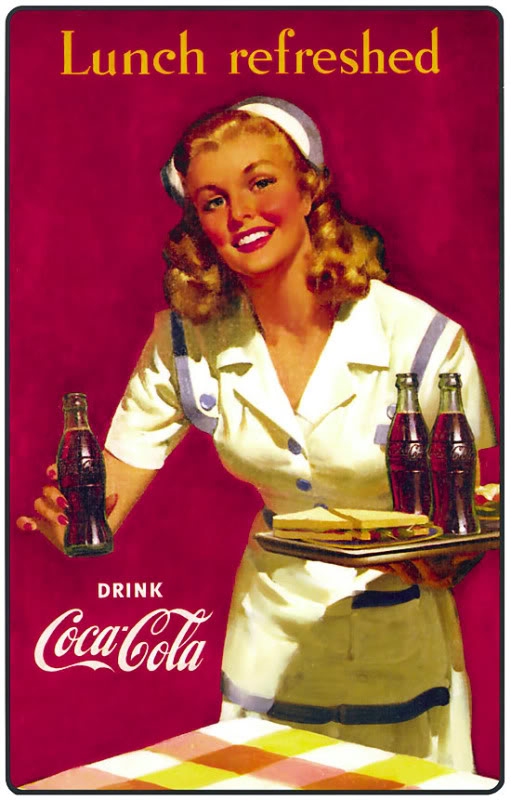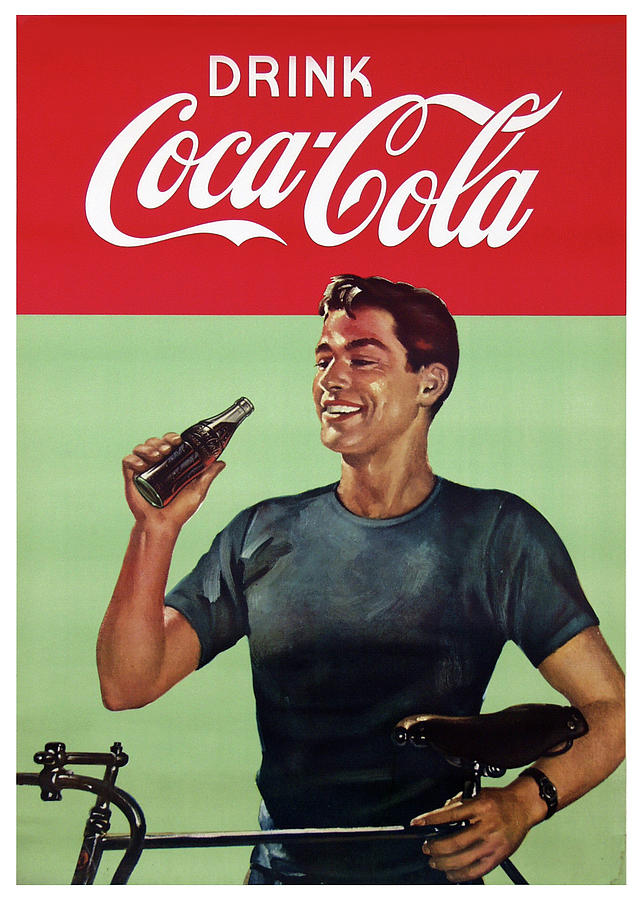More Than Just a Drink: The Surprising History and Global Impact of Coca-Cola

Few brands in the world are as instantly recognizable or as globally influential as Coca-Cola. What began in the late 19th century as a medicinal tonic has grown into a multinational symbol of capitalism, American culture, and globalization. Coca-Cola is more than just a sugary beverage—its history is intertwined with war, politics, advertising revolutions, and even civil rights movements. This article explores the unexpected origins, strategic growth, cultural influence, and controversies that define Coca-Cola’s remarkable journey through history.
Origins: From Pharmacy to Phenomenon
Coca-Cola was invented in 1886 by Dr. John Stith Pemberton, a pharmacist in Atlanta, Georgia. Initially intended as a patent medicine, the drink was marketed as a remedy for headaches, fatigue, and even morphine addiction.
Key facts from its early development:
- Its name derived from two key ingredients: coca leaves (source of cocaine) and kola nuts (which provided caffeine).
- The original formula included trace amounts of cocaine, which was legal at the time and removed from the drink by 1929.
- Pemberton sold the rights to the formula shortly before his death. In 1888, Asa Griggs Candler, a savvy businessman, acquired Coca-Cola and transformed it from a local product into a national brand.
Expansion and Mass Marketing
Candler’s leadership laid the foundation for Coca-Cola’s marketing empire. By the early 20th century, the brand:
- Introduced bottling, which allowed for wider distribution.
- Used innovative advertising techniques, including calendars, painted walls, slogans, and merchandise.
- Popularized the idea of brand consistency, with the iconic Spencerian script logo and contour glass bottle.
In 1923, Robert W. Woodruff took over the company and ushered in an era of global expansion, focusing on:
- Aggressive international franchising
- Keeping the drink available “within arm’s reach of desire”
- Deepening Coca-Cola’s emotional connection with consumers
Coca-Cola and World War II
The Second World War played a major role in Coca-Cola’s global spread:
- The U.S. government and Coca-Cola agreed to supply American troops with Coke wherever they were stationed, at five cents a bottle.
- The company built 64 bottling plants near the front lines.
- This effort not only boosted morale but introduced Coca-Cola to new global markets.
Interestingly, Coca-Cola’s German subsidiary created Fanta during the war, when syrup supplies were blocked due to U.S. embargoes. Fanta later became a global brand in its own right.

The Rise of a Cultural Icon
In the postwar years, Coca-Cola came to represent American ideals, particularly during the Cold War:
- Seen as a symbol of democracy, freedom, and prosperity
- Sometimes met with resistance as a perceived tool of American imperialism
- Played a soft-power role in Cold War diplomacy, particularly in Western Europe, Japan, and even the Soviet Union (where it was eventually allowed in the 1970s)
Coca-Cola also became deeply woven into pop culture:
- The brand helped shape the modern image of Santa Claus in the 1930s, dressing him in red and white to match the company’s colors.
- Its memorable “I’d Like to Buy the World a Coke” campaign in 1971 promoted global harmony and became one of the most iconic ads in history.
Controversies and Challenges
As Coca-Cola grew into a global empire, it also faced significant criticism:
- Health concerns:
- Accused of contributing to obesity, diabetes, and poor nutrition due to high sugar content.
- Faced backlash for marketing sugary drinks to children.
- Labor and ethics:
- Allegations of union-busting and worker intimidation in countries like Colombia.
- Criticism over water usage and pollution in India and Africa, particularly in drought-stricken areas.
- Cultural backlash:
- In some countries, Coca-Cola has been viewed as a symbol of Western cultural dominance.
- Some Islamist and anti-globalization groups have called for boycotts.
Diversification and Adaptation
Coca-Cola has adapted over time by:
- Diversifying its product portfolio to include Diet Coke, Coke Zero, Sprite, Fanta, Minute Maid, Dasani, and more.
- Investing in healthier alternatives such as bottled water, tea, and low-calorie beverages.
- Acquiring brands like Costa Coffee to compete in the growing coffee market.
The company has also focused on sustainability initiatives, such as:
- Reducing plastic usage
- Improving water stewardship
- Committing to recyclable packaging
Coca-Cola in the 21st Century
Despite shifting health trends and increasing regulation on sugary drinks, Coca-Cola remains one of the most valuable brands in the world, sold in over 200 countries.
The company continues to evolve:
- Leveraging digital marketing and social media to reach younger consumers
- Launching personalized products (e.g., “Share a Coke” campaign)
- Responding to public pressure with more transparency in ingredients and environmental impact

Summary
Coca-Cola’s history is more than a chronicle of a popular beverage—it is a mirror of capitalism, consumer culture, globalization, and brand power. From its medicinal beginnings in a Southern pharmacy to its status as a global cultural symbol, Coca-Cola has quenched thirst, sparked controversy, and shaped identity across generations and continents.
It is a drink, yes—but it’s also a story of innovation, empire, marketing genius, and the paradoxes of modern consumption. In many ways, to study Coca-Cola is to study the modern world itself.




